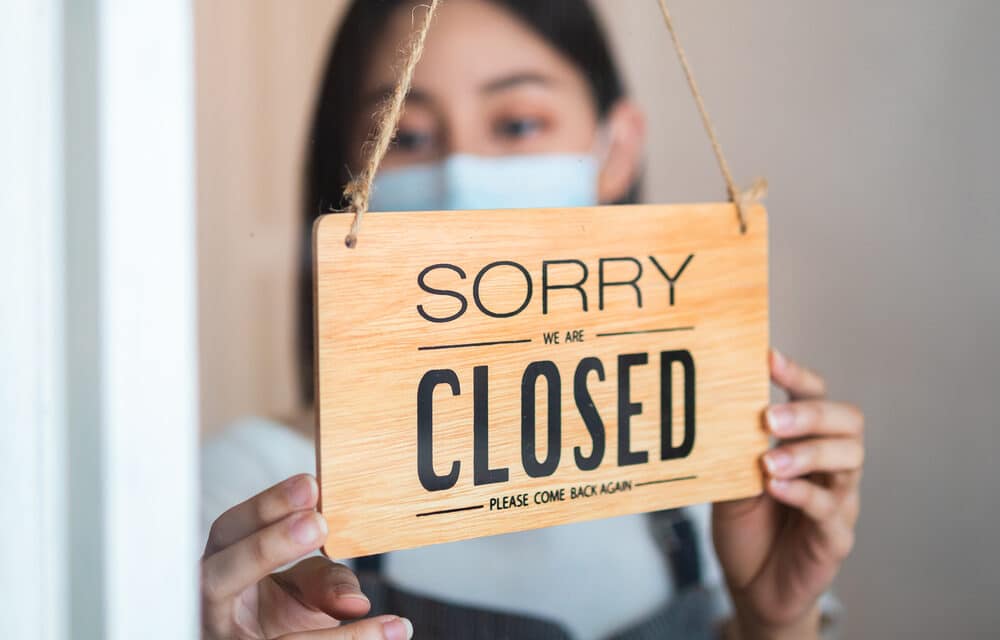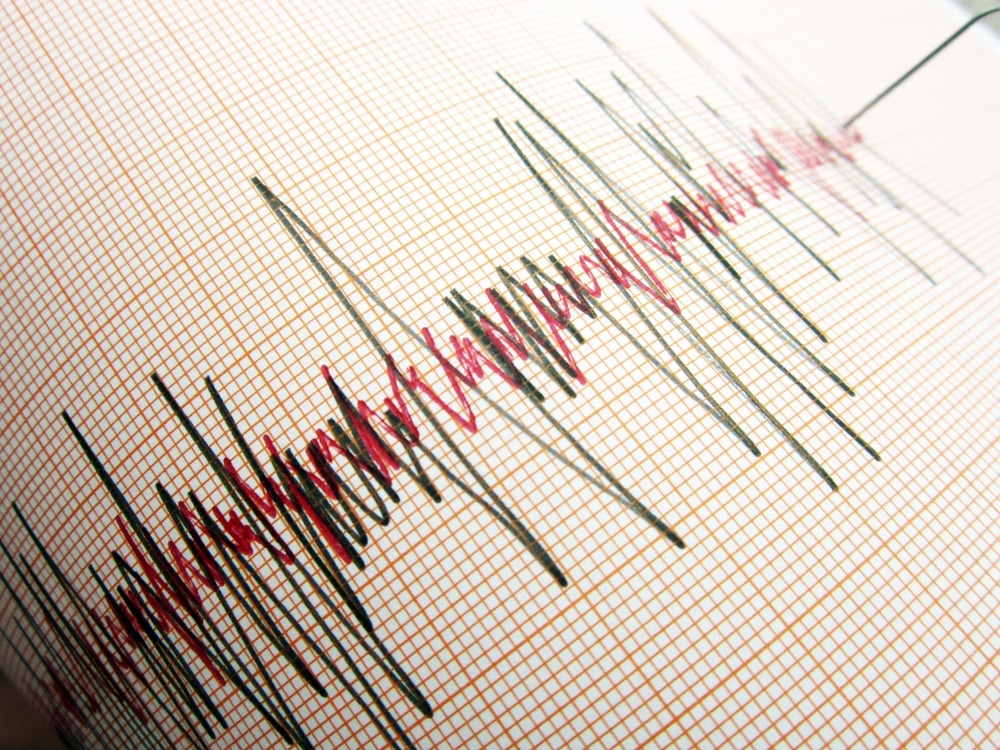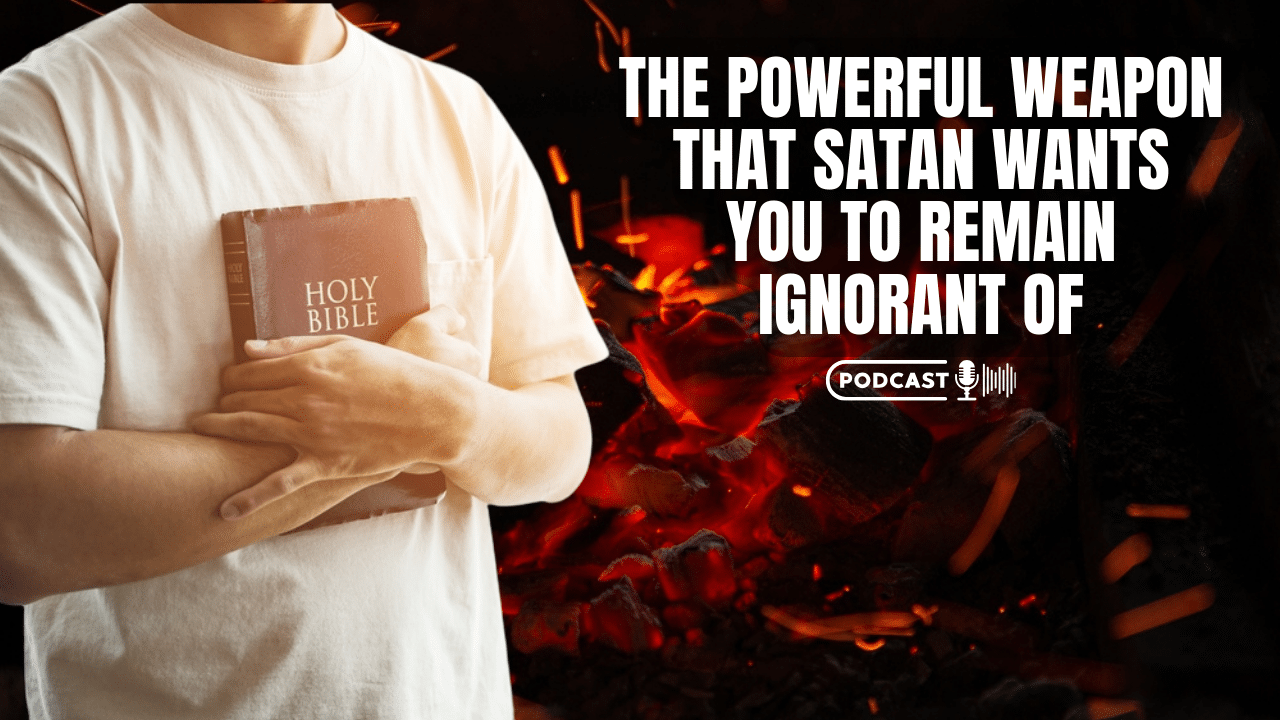“I do not see a scenario for any kind of shutdown,” New York City Mayor Bill de Blasio declared this week, as parts of New York were in fact shutting down all around him. According to MSN News, Broadway canceled show after show. Restaurants closed their kitchens.
De Blasio’s successor, Eric Adams, who will take office January 1, nixed his inauguration gala. There has been no March 2020–style universal shutdown, but New York is not back anymore, baby. For Brent Young, who runs a butcher shop and two restaurants in Brooklyn, it began last week when, one by one, staff members tested positive.
“It’s more or less decimated our workforce,” he says. One of his restaurants had been booked solid with parties for a week—the holidays are one of the busiest times of the year for restaurants—but people started canceling those parties too.
At this point it’s not worth trying to stay open, Young says, “because the anxiety’s so high no one’s wanting to eat.” For most vaccinated people, Omicron will be mild. But even a mild cold, sufficiently widespread, can disrupt a city.
According to The Atlantic, A voluntary suspension of activity—a soft lockdown, essentially—will help dampen the transmission of the coronavirus. This happened all over the country in spring 2020 when people began staying at home before official stay-at-home orders came down, says Saad Omer, an epidemiologist at Yale and a co-author of a paper that studied the phenomenon using anonymized cellphone data. It’s intuitive, really.
“Things become more salient; you react on that,” Omer says. This feedback loop, which conventional epidemiological models entirely ignore, can help determine the shape and duration of the Omicron wave—but exactly how is hard to predict. The classic “epi curve” shows cases rising exponentially until so many people are immune that the spread of the virus has to slow.
Then cases fall exponentially. But if soft lockdowns help suppress that viral spread, then cases will drop off sooner, while many people are still susceptible. In other words, “when you see a peak and see it go down, it doesn’t mean the risk has abated,” says Joshua Weitz, who studies viral dynamics at Georgia Tech.
According to work by Weitz and his colleagues, this helps explain why COVID cases have peaked and plateaued multiple times over the course of the pandemic. Those peaks also tend to be asymmetrical, with steeper rises than falls.

















